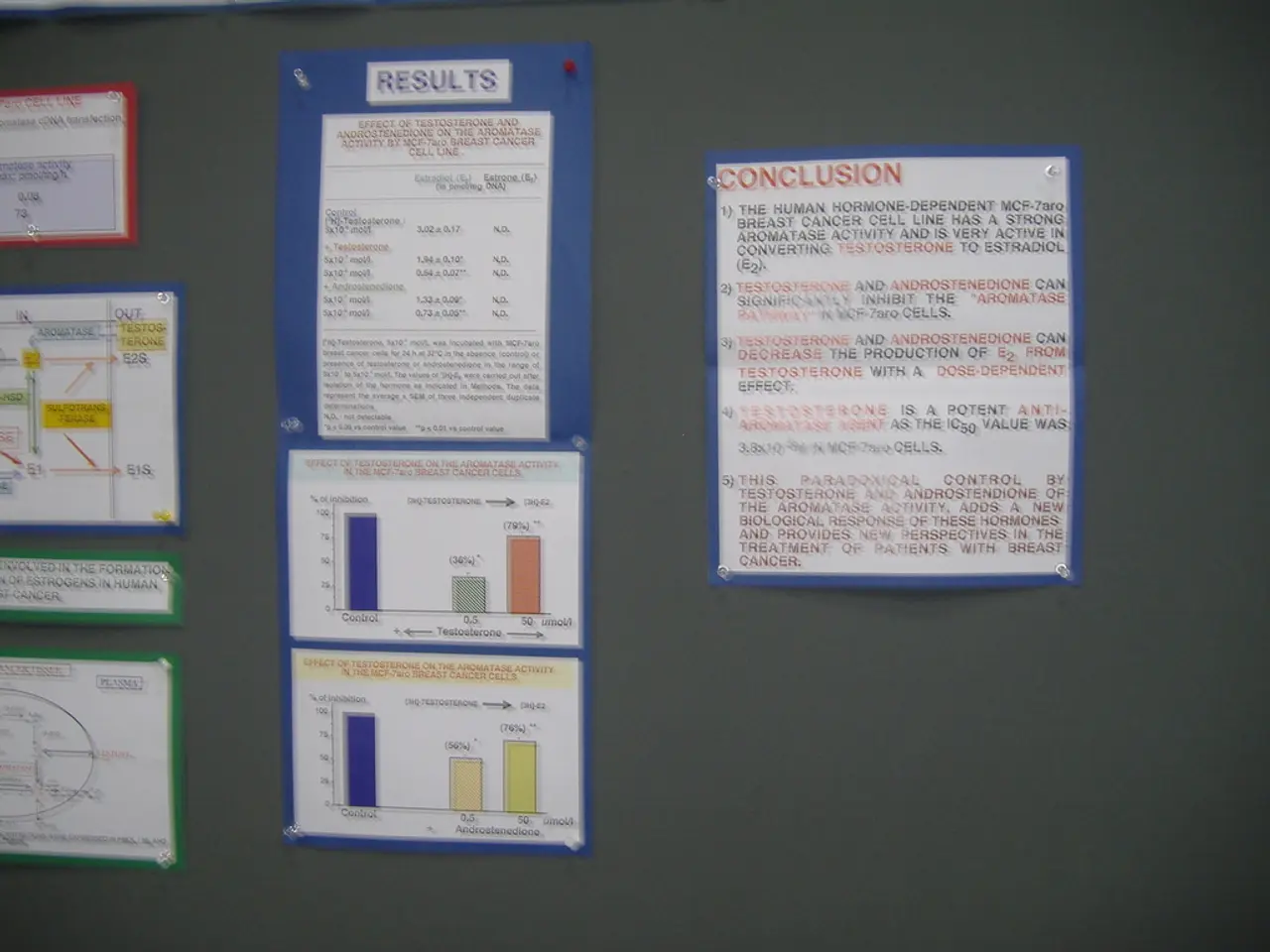Entity Requiring a Title V Permit
In the realm of environmental regulations, understanding major source thresholds is crucial, especially in non-attainment areas. These thresholds determine when a project requires a more stringent permit, known as the Nonattainment New Source Review (NNSR) permit.
Generally, major source thresholds begin at 100 tons per year (tpy) of regulated pollutants such as particulate matter (PM10, PM2.5), nitrogen oxides (NOx), sulfur dioxide (SO2), carbon monoxide (CO), ozone precursors (VOC, NOx), and others. However, states may set lower thresholds based on local air quality and pollutant toxicity.
Projects in non-attainment areas that emit pollutants above these major source thresholds require NNSR permits. These permits include more stringent emission control requirements than Prevention of Significant Deterioration (PSD) permits applicable to attainment areas.
The uncontrolled emission rate increase for a project is used to determine whether these thresholds are exceeded. Fugitive emissions are generally excluded unless specified otherwise.
Facilities emitting below all specified emission rates (e.g., less than the threshold tonnage increments for non-attainment pollutants) may be exempt from certain permitting provisions.
It's important to note that hazardous air pollutants (HAPs) and hazardous wastes have separate thresholds and programs (e.g., the NESHAP program), so their thresholds are not part of these general major source thresholds for criteria pollutants in non-attainment areas.
The specific major source thresholds for air pollutants in non-attainment areas (excluding HAPs and hazardous waste) vary depending on the pollutant and the severity of non-attainment in the area. For exact thresholds by pollutant and region, it is necessary to consult the applicable state implementation plan or EPA regulations for that non-attainment area.
Here's a breakdown of the major source thresholds in different types of non-attainment areas:
- In Moderate non-attainment areas, the major source threshold for VOC, NOx, CO, and PM-10 is 100 tpy.
- In Serious non-attainment areas, the major source threshold for VOC, NOx, CO, and PM-10 is 50 tpy.
- In Severe non-attainment areas, the major source threshold for CO is 25 tpy.
- In Extreme non-attainment areas, the major source threshold for CO is 10 tpy.
- In Marginal non-attainment areas, the major source threshold for VOC or NOx is 100 tpy.
- In Ozone transport regions (other than severe or extreme), the major source threshold for VOC is 50 tpy.
In addition, municipal solid waste landfills with a design capacity of 2.5 million mega-grams or 2.5 million m3 are subject to both NESHAP and New Source Performance Standards (NSPS) Requirements.
For more information on the New Source Review (NSR) Program, please visit the provided link. It's always crucial to stay informed and comply with environmental regulations to ensure a cleaner and healthier environment for all.
- In moderate non-attainment areas, the major source threshold for regulated pollutants like VOC, NOx, CO, and PM-10 is 100 tons per year (tpy), according to the specific major source thresholds in different types of non-attainment areas.
- For facilities in severe non-attainment areas, the major source threshold for carbon monoxide (CO) emissions is as low as 25 tpy, demonstrating that states may set lower thresholds based on local air quality and pollutant toxicity.
- The Environmental Protection Agency (EPA) regulations for extreme non-attainment areas specify a major source threshold for CO emissions of 10 tpy, highlighting the importance of consulting applicable state implementation plans for specific information on major source thresholds in various non-attainment areas.
- To further protect the environment and public health, municipal solid waste landfills with a design capacity exceeding 2.5 million mega-grams or 2.5 million cubic meters are subject to both the New Source Performance Standards (NSPS) Requirements and the National Emission Standards for Hazardous Air Pollutants (NESHAP) program.




